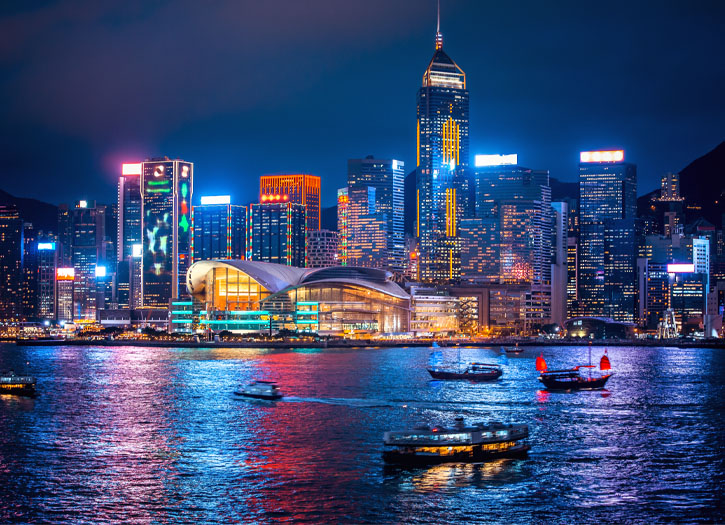The COVID-19 pandemic in Hong Kong is part of the worldwide pandemic of coronavirus disease 2019 (COVID-19) caused by severe acute respiratory syndrome coronavirus 2 (SARS-CoV-2). The virus was first confirmed to have spread to Hong Kong on 23 January 2020.
Confirmed cases were generally transferred to Princess Margaret Hospital’s Infectious Disease Centre for isolation and centralised treatment. On 5 February, after a five-day strike by front-line medical workers, the Hong Kong government closed all but three border control points – Hong Kong International Airport, Shenzhen Bay Control Point, and Hong Kong-Zhuhai-Macao Bridge. As of 14 October 2020, Hong Kong had 5,202 confirmed cases with 4,932 recoveries and 105 deaths.
In a study published in April 2020 in the Lancet, the authors expressed their belief that border restrictions, quarantine and isolation, social distancing, and behavioural changes such as wearing masks likely all played a part in the containment of the disease up to the end of March. However, Hong Kong saw an uptick in COVID-19 cases in July, with more than a hundred cases being reported several days in a row until early August. Lam had invoked the Emergency Regulations Ordinance on 4 October to impose a law to ban wearing face masks in public gatherings.
As the coronavirus crisis escalated in February and March 2020, the scale of the protests dwindled. Protest activities continued regularly in Tseung Kwan O, Yuen Long and Mong Kok every month. Large-scale protests gave way to the coronavirus pandemic, but smaller scale protests in various districts resumed upon easing of virus restrictions. Following the emergence of three cases of local transmission, the government extended its coronavirus social distancing measures by 14 days, to 4 June.
On 20 March, Hong Kong recorded 48 new coronavirus infections, the biggest daily tally since testing began, bringing the total to 256 confirmed cases. Of these cases, 36 had a travel history. Gabriel Leung, member of an expert panel on the viral outbreak, warned the public about letting down their vigilance prematurely as Hong Kong was at the “highest risk” since the start of the pandemic. An article published on 25 March by the office of Chief Executive Carrie Lam warned that an increase in confirmed cases would “inevitably” occur as long as Hong Kong citizens continued to return from abroad.
On 25 March, Hong Kong closed its border to all incoming nonresidents arriving from overseas. Transiting through Hong Kong was no longer allowed either. All returning residents, regardless of point of departure, were subject to the Compulsory Quarantine Order, which required all to stay at a reported quarantine premise (either home or hotel) for 14 days.The government announced further relaxation of social distancing measures. Among them, the dine-in time of restaurants was extended to midnight, and bars, pubs and some listed premises that were not open earlier could be reopened. The relevant regulations will take effect on Friday for a period of seven days.
Following an admission that the city had failed to procure adequate supplies of PPE, the government announced support for local private mask production by subsidising each production line with grants, help in identifying suitable premises, as well as placing orders to sustain their operations. An increase in mask production by Correctional Services Industries from 1.8 million to 2.5 million units a month is planned.The government announced that its procurement had fallen victim to a scam involving 6 million counterfeit masks bearing the Medicom trademark valued at HK$15 million ($1.9 million).
In view of the coronavirus outbreak, the Education Bureau closed all kindergartens, primary schools, secondary schools, and special schools until 20 April.The disruption raised concerns over the situation of students due to take examinations at the end of the year, especially in light of the protest-related disruption that happened in 2019.The Hong Kong Diploma of Secondary Education examination was postponed for four weeks from late March to late April..On 5 February, flag carrier Cathay Pacific requested its 27,000 employees to voluntarily take three weeks of unpaid leave by the end of June. The airline had previously reduced flights to mainland China by 90%.







Add Comment
You must be logged in to post a comment.